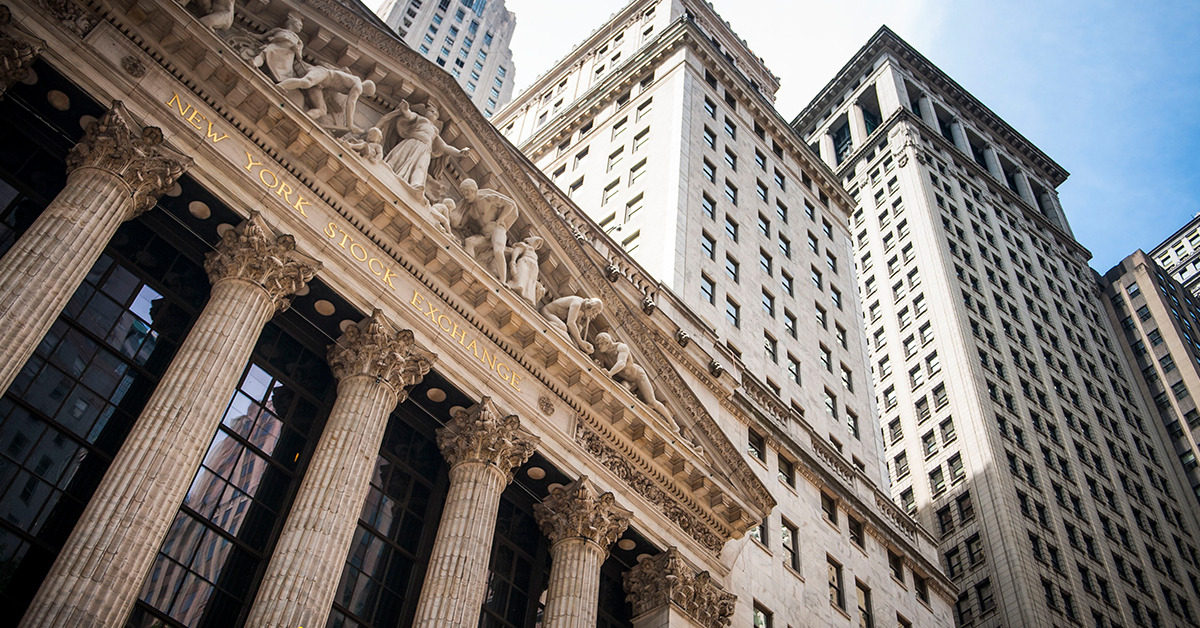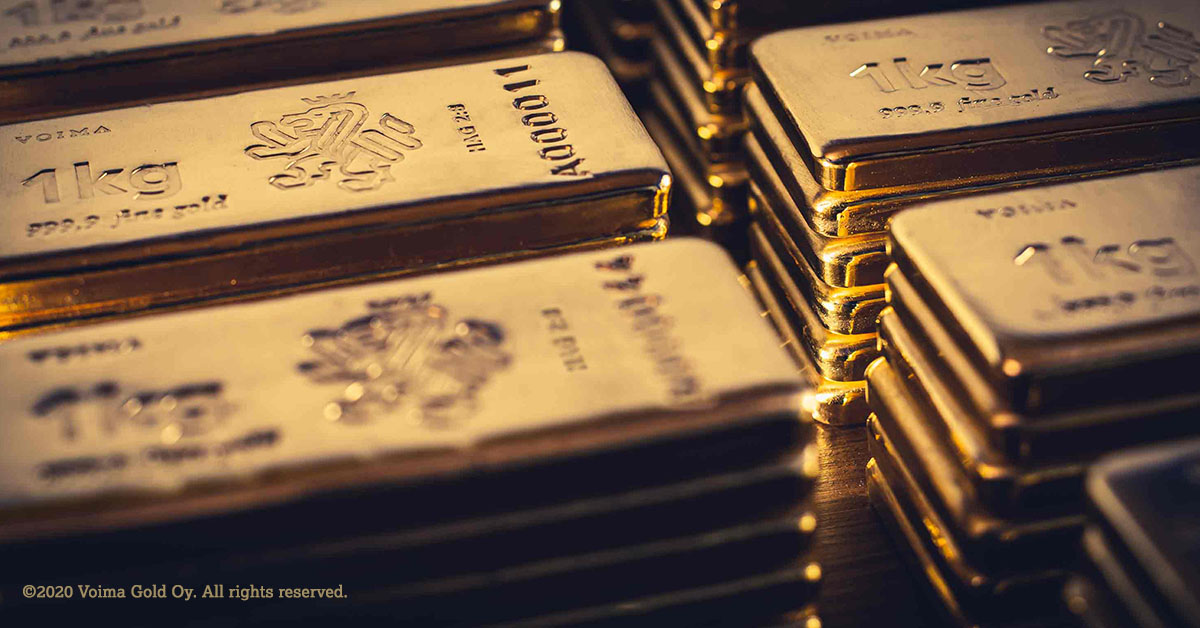After the record gold price highs in August and then a substantial, although not unexpected, correction, we've been very busy at the World Gold Council fielding a wide range of questions, many of them seeking an explanation for those price movements. And, talking to reporters across the world, I've again been struck by how so many questions are extremely short-term in nature.
While the COVID-19 crisis is very different from the Great Financial Crisis of 2008, and the European Sovereign Debt Crisis that followed, I remember pondering then whether long-termism and strategic thinking (among investment professionals and market commentators) are victims of such major systemic crises. Does the severity and scale of the immediate challenges, and the understandable desire to return to Business-As-Usual as soon as possible, blinker investors (and journalists) from looking further forward? And do these crises prevent market participants from looking beyond the immediate market debris and gloom to identify enduring solutions and consider, in practical terms, how to build future resilience?
It's a story I have told very often, but I shall repeat it one more time: Speaking to a very experienced head of a private wealth management firm in the midst of the financial crisis, I was told, “I completely agree with what you have said regarding gold as a safe haven but, in all my years, I have never been able to sell an asset as insurance to a single investor,” or words to that effect. While I’ve heard similar statements (although rarely put so simply) from asset managers of all shapes and sizes, this has always struck me as bizarre, particularly if you consider the broader risk landscape over the last decade or so. And I think it has something to do with the prevalence of short-term thinking among investment professionals and advisors, which then seems to be exacerbated with each major crisis.
Does the severity and scale of the immediate challenges, and the understandable desire to return to Business-As-Usual as soon as possible, blinker investors (and journalists) from looking further forward?
And, after a crisis, we often see a quite sudden return to risk, but still shadowed by the question as to whether this risk appetite is a sign of real recovery and rational expectations or more a reflection of tunnel-vision and short-term optimism. It may, of course, be both; indicative of investors buoyed by a market rebound rooted in solid growth prospects. Or it may be spurred by a desperate search for yield and, with so few options open to investors, convergent behaviour which then creates stretched asset valuations and potential ‘bubbles’. Either way, it is hard to understand why market insurance isn’t seen as a priority!
This is not to say that there aren’t sensible voices calling for investors to address this tendency. As the world’s leading investment consulting firm, Mercer, asked in a recent webinar focused on reframing asset allocation strategies for resilience, ‘Is your portfolio positioned to deal with long term trends?’1
This is relevant for gold for many reasons, including because focusing purely on the short-term and immediate price movements can obscure investors from seeing the Big Picture; gold’s structural drivers and what creates enduring market growth – in both volume and value terms. I have, for well over a decade, been involved in telling the tale of ‘gold as a compelling long-term investment’, but I realise that the rationale behind that tale still often fails to register, perhaps partially because investment professionals and market observers aren’t really attuned to long-term perspectives. If they were, I think gold would be less of a challenge or an enigma to many of them. The World Gold Council clearly still has a job to do here!
Simply put, gold works as a long-term investment because it is bought by far more people in far more countries for far more reasons than any other asset.
Simply put, gold works as a long-term investment because it is bought by far more people in far more countries for far more reasons than any other asset. And many of the countries that buy large amounts are the world’s most populous nations, with fast growing economies and populations rapidly pulling themselves out of poverty, rising in wealth and income levels, and with cultural affinities to gold that stretch back millennia. These are long-term drivers that are unlikely to be reflected in any immediate price movements, but they help explain why the global gold market is many times larger and more valuable than it was two or three decades ago.
And, as any gold miner will tell you, gold is, from their perspective – from producing the stuff! - undoubtedly a long-term business. A vibrant and sustainable gold value chain needs long term planning, commitments, and investment. It’s a long way from the mine to the market, and the evolution of supply and demand dynamics does not happen overnight.
Of course, gold can also be a rewarding tactical and speculative investment, and the depth and liquidity of the modern gold market facilitates this too. We also often see during a crisis, when markets are under severe duress, gold’s immediate value often acts as a barometer of current wider market risk sentiment. This has been a primary driver behind gold’s recent performance, although matched by institutional investor gold purchases of a scale rarely seen before - surpassing even the elevated levels of demand after the financial crises of a decade or so ago.
Gold proved its worth as a safe haven when most needed during that crisis, and those buyers have since remained a source of substantial demand for gold.
These factors, and the consequences of earlier crises, are also significant to gold market participants and potential investors because they may signpost further structural changes in gold demand from the widening of its investor base. We should remember that the earlier financial crisis prompted a reawakening of demand for gold from European private investors and the reversal of central bank positions on gold, as globally they flipped from being sellers to major buyers. Gold proved its worth as a safe haven when most needed during that crisis, and those buyers have since remained a source of substantial demand for gold.
So, let’s look forward to see whether another structural change – the greater appreciation of gold by institutional investors – lies on the horizon and what that might mean for gold in the long term.
And, returning to another theme never far from my thoughts, we need long-term investment solutions that are potentially responsive and/or resilient to the enduring challenges and risks that will likely reshape our future investment decisions. That is, we need to reconsider how we evaluate and select assets in the context of the climate crisis, and the need to support sustainable development as a prerequisite to fostering wider well-being, peace and prosperity. Big problems and major aspirations that require long-term vision.


